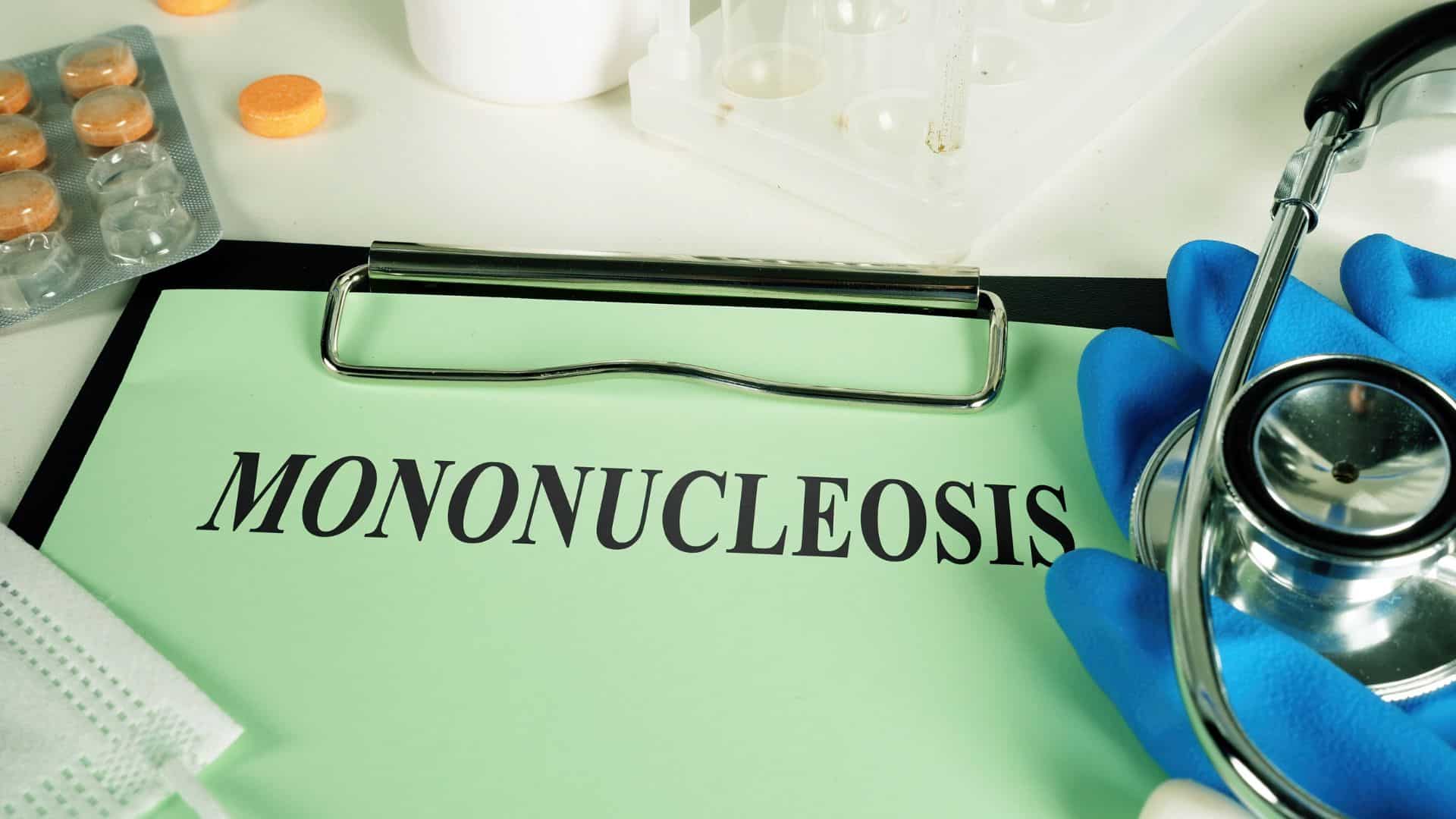
Mononucleosis, commonly known as “mono,” is a viral infection that primarily affects teenagers and young adults. Caused by the Epstein-Barr virus (EBV), this condition can lead to a range of symptoms, requiring proper diagnosis and treatment. Let’s delve into what mononucleosis is, its impact on teens and young adults, and the essential aspects of diagnosing and treating this viral infection.
What is Mononucleosis?
Mononucleosis is a viral illness characterized by symptoms such as extreme fatigue, sore throat, swollen lymph nodes, and fever. The Epstein-Barr virus (EBV), a member of the herpesvirus family, is responsible for causing mono. This virus is highly prevalent, with around 90% of people worldwide being infected with EBV by the time they reach adulthood. Most individuals contract EBV during their childhood or teenage years and experience little to no symptoms. However, when symptoms do manifest, it results in the clinical condition known as mononucleosis. (Kids Health)
Who it Affects – Teenagers and Young Adults
Mono primarily affects teenagers and young adults. Adolescents and young adults between the ages of 15 and 24 are more susceptible to developing infectious mononucleosis after being infected with the Epstein-Barr virus. The reasons for this age predilection are not entirely clear, but it is believed that factors such as increased social interaction, close contact, and the sharing of saliva – commonly seen in this age group – contribute to the higher incidence of mono. (Centers for Disease Control and Prevention)
Symptoms of mononucleosis can vary but often include extreme fatigue, sore throat, fever, swollen glands, and body aches. It’s essential for young individuals experiencing these symptoms to seek medical attention promptly, as timely diagnosis and treatment can help manage the condition effectively.
How to Diagnose Mono
Diagnosing mononucleosis involves a combination of clinical evaluation, medical history assessment, and laboratory tests. A healthcare provider will typically inquire about the patient’s symptoms and perform a physical examination to check for signs such as swollen tonsils, enlarged spleen, and swollen lymph nodes.
Laboratory tests, including a complete blood count (CBC) and a monospot test, are crucial for confirming the diagnosis. The monospot test is a rapid blood test that detects the presence of antibodies produced in response to the Epstein-Barr virus. A high white blood cell count and the presence of atypical lymphocytes in the blood are also common indicators of mononucleosis. (Mayo Clinic)
Treatment Strategies for Mono
While there is no specific antiviral medication to treat mononucleosis, the focus of treatment is primarily on relieving symptoms and providing supportive care. Here are some key strategies for managing mono:
- Rest and Hydration: Adequate rest is crucial for recovery, as it helps the body combat the virus more effectively. Staying hydrated is also essential to prevent dehydration, especially if fever and sore throat are present.
- Pain and Fever Management: Over-the-counter pain relievers such as acetaminophen or ibuprofen can help alleviate pain and reduce fever. However, it’s crucial to follow the recommended dosage and consult with a healthcare provider, especially for teens and young adults.
- Avoiding Strenuous Activities: Engaging in strenuous physical activities should be avoided during the acute phase of mononucleosis to prevent complications such as spleen rupture, which can occur due to an enlarged spleen.
- Antibiotics in Specific Cases: Antibiotics are not effective against viral infections like mononucleosis. However, if there is a bacterial infection, such as streptococcal throat infection, antibiotics may be prescribed.
(Mayo Clinic)
Mononucleosis, though common among teenagers and young adults, can be effectively managed with timely diagnosis and appropriate care. Understanding the symptoms, risk factors, and treatment strategies is essential for both individuals experiencing the infection and those providing healthcare. By staying informed and seeking medical attention when needed, teens and young adults can navigate through mononucleosis with a focus on a full and speedy recovery. Remember, if you or someone you know is experiencing symptoms suggestive of mononucleosis, consult with a healthcare professional for accurate diagnosis and personalized care.
Works Cited
“Mononucleosis (MONO) (for Teens) – Nemours Kidshealth.” Edited by Yamini Durani, KidsHealth, The Nemours Foundation, June 2023, kidshealth.org/en/teens/mononucleosis.html#:~:text=Mononucleosis%20(mono)%20is%20a%20viral,a%20few%20weeks%20of%20rest.
“About Mono (Infectious Mononucleosis).” Centers for Disease Control and Prevention, 28 Sept. 2020, www.cdc.gov/epstein-barr/about-mono.html#:~:text=Epstein%2DBarr%20virus%20(EBV),EBV%20will%20develop%20infectious%20mononucleosis.
“Mononucleosis.” Mayo Clinic, Mayo Foundation for Medical Education and Research, www.mayoclinic.org/diseases-conditions/mononucleosis/diagnosis-treatment/drc-20350333.
